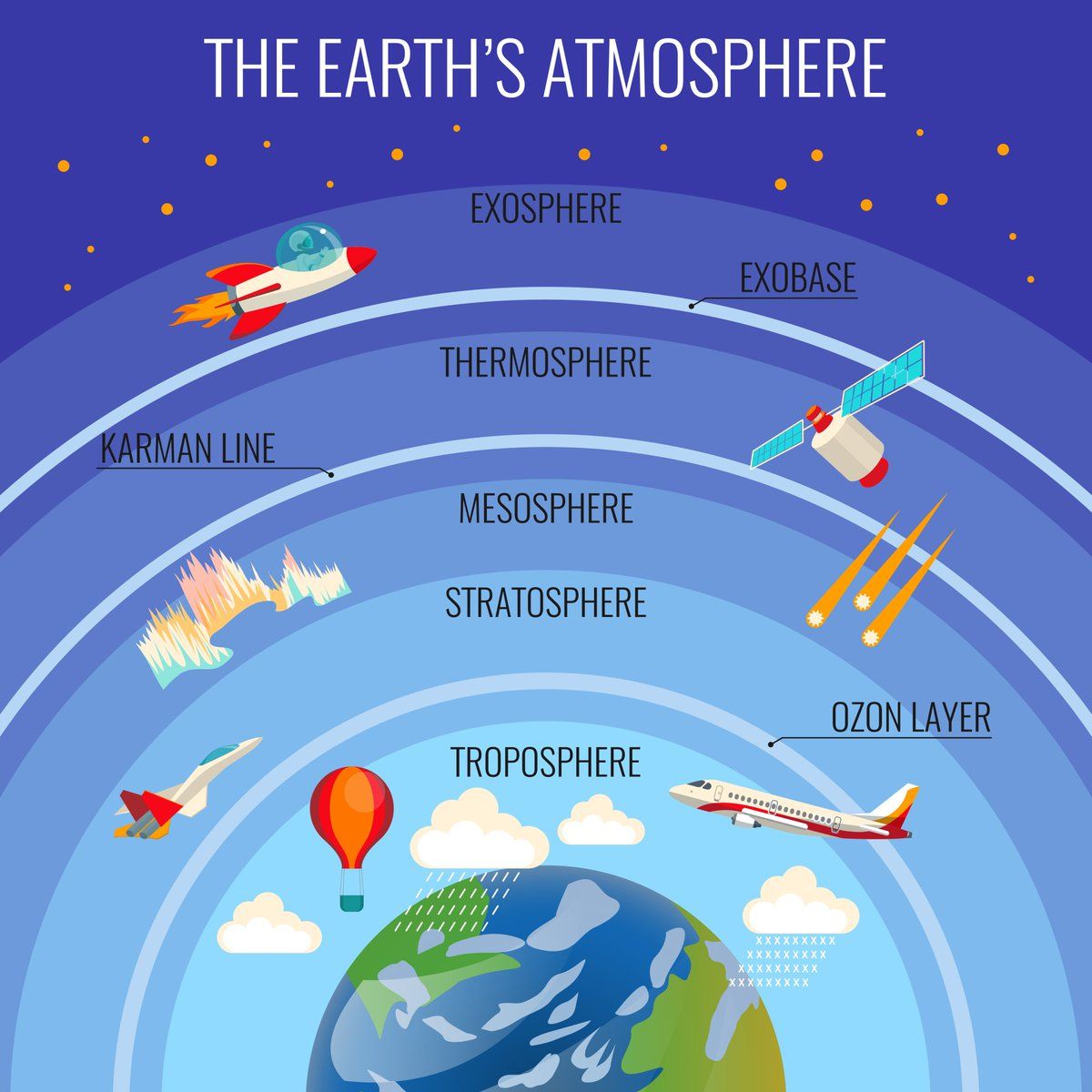People, Passions & Projects #10: Karman Space Programme
In this blog, I have a chat with a member of a student team looking to go to infinity and beyond with their exciting project.

J = Jinal
S = Sachin
J: Thanks for being a part of the series! Take me through what is the overall aim of this project?
S: Hey Jinal, thanks for having me! We are a student led research project aiming to be the first team to launch a reusable rocket to space, in line with the current green goals being set out across the world and within the aerospace industry. With our current project timeline, we plan on launching our ‘spaceshot’ in Summer 2024. We’re a diverse, quickly growing team of thirty undergraduate, postgraduate and PhD students from eight departments at Imperial.
J: How did the name 'Karman Space Programme' come about?
S: That’s a great question. The Kármán line is the widely accepted boundary to space and lies at 100 km above sea level and is named after Hungarian scientist Theodore von Kármán. To say officially that your spacecraft is ‘in space’ it must reach an altitude greater than 100 km. This is the goal of our entire programme, so it made sense to incorporate it into our name.

J: Has this project generated any interest with other companies, investors etc?
S: Most definitely! As an up-and-coming rocketry project, we have drummed up a lot of interest. We have secured investment from a variety of companies, big and small. In addition, we have also reached out to skilled professionals as they have expressed interest in the project. As well as investing, they provide experience and crucial industry links to the project. I am proud to say we have partnerships with Microsoft and Dassault Systemes.
J: Who is part of the team?
S: The team is split into two major divisions, one for engineering and the other for business. It was recognised from the beginning that to propel the project forward, a strong business backend was required, as with any independently funded project. I myself work within the Systems and Integration team, handling the project-wide design decisions and specifications, essentially the glue that holds the team together. There are many other teams like Propulsion, Structures, Avionics and Recovery with new teams being created as and when needed.
J: How has it been to work with students from such a wide range of disciplines?
S: Working with students from different departments has been very productive. Those that don’t study engineering often provide entirely new viewpoints to those that do, providing quick and efficient solutions to many problems. There is naturally a gap in specific topic knowledge but that is always remedied by working in a team where people have expertise in different things.
J: What some of the most challenging parts of the project? (technical or even non-technical stuff)
S: The hardest part of the project believe it or not is not the rocket science itself. As we operate in the UK, we are subject to stringent and often outdated regulations regarding propellants, flight clearance and part imports. We work closely with the UK Rocketry Association and the CAA (Civil Aviation Authority) to ensure everything we are doing is up to code.
S: We are technically limited by the status of our in house liquid rocket engine. This is what will power our ‘spaceshot’ in 2024 and is the most complicated part of our rocket. If part tolerances are out by even a millimetre, the engine will either not start or it will explode! However our team has made leaps and bounds in only a few months with a static test fire scheduled soon.
J: When do you all find time to work on this project amidst all your studies?
S: It's not easy to work part time in a space programme but the workload right now is manageable with weekly meetings assigning tasks to complete during the rest of the week. As we start building and integrating our first rocket, the workload will definitely increase but it will be gradual, ensuring that we don’t fall behind on our own studies.
J: When are you expecting to have your first launch?
S: We are expecting to launch (potentially) many rockets this summer! With each rocket, we test different aspects of our final mission profile in a scaled approach, working our way up to the full scale launch in 2024. With our first launch we simply want the rocket to fly in a straight line away from the ground and for it not to undergo rapid unscheduled disassembly, or in layman’s terms a gigantic fireball. This will really test our abilities as a team.
J: What motivates you all to see this project through?
S: I find it quite humbling working on such a large project. It may seem cringey but being a cog in the machine feels good when everything meshes and works together. It feels like every hour I put into the project brings the rocket an extra metre towards the Kármán line!
J: Thanks for much for all these insights! Where can we find you and follow your progress?
S: Thank you for having me! We can be found on Instagram, TikTok @karmanspaceprogramme, LinkedIn and our website karmanspace.co.uk. See you in space!
My Thoughts
After speaking to Sachin and learning about the KSP, I'd like to finish the blog with a couple of things I found particularly noteworthy:
- It's amazing what you can achieve as a team if you are all driven towards a common goal or mission. In this case, you don't have to be an engineer from NASA to do something as big as sending your own rocket into space.
- People will be experts in different things, so try and utilise everyone's skills and play to their strengths. Often one size doesn't fit all!
- Be ambitious - I think this project really shows how you can think big outside the box, and with the right planning, preparation and motivations you can get closer and closer to making it a reality.

